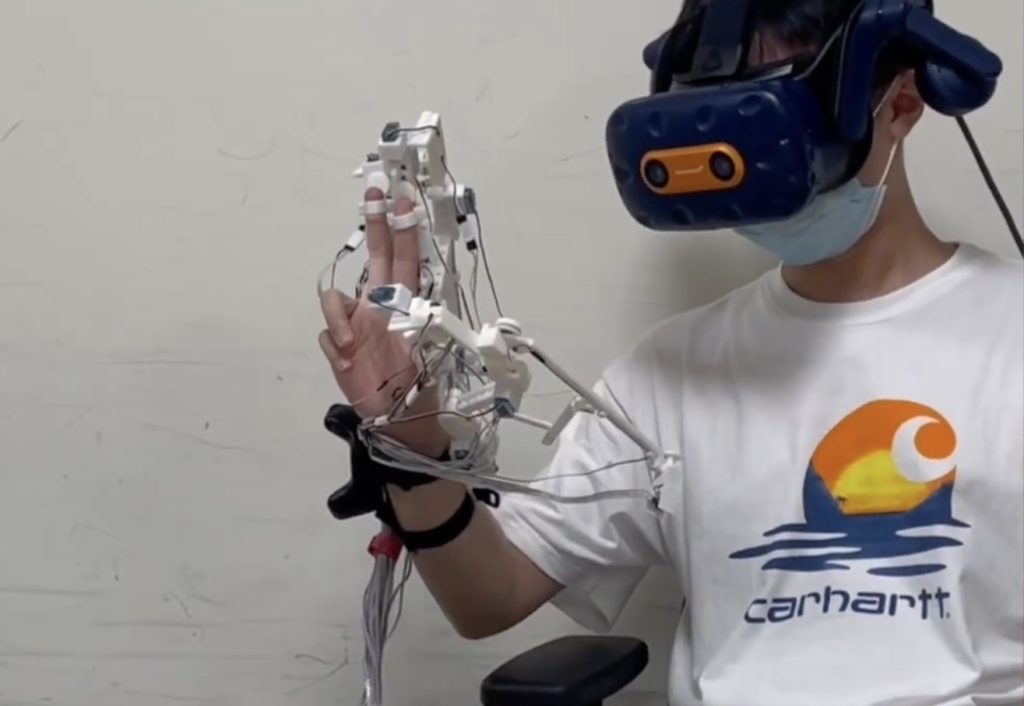Schlagwort: Force Feedback
-

This custom flight joystick provides force feedback with stepper motors
Reading Time: 2 minutesThe joysticks found on ordinary controllers are quite simple, and as a result, they fail to provide much in the way of haptic feedback for the user. This is especially tough in racing or flight simulator games where making sharp turns should require a greater amount of force. YouTuber zeroshot’s project aimed…
-

This strange exoskeleton glove enables VR force feedback
Reading Time: 2 minutesWe’re currently seeing something of a technological blitzkrieg as corporations and engineers attempt to solve the problem of tactility in virtual reality (VR). Modern VR headsets provide quite realistic visual and auditory immersion, but that immersion falls apart when users find themselves unable to physically interact with virtual objects. Developed by a…

